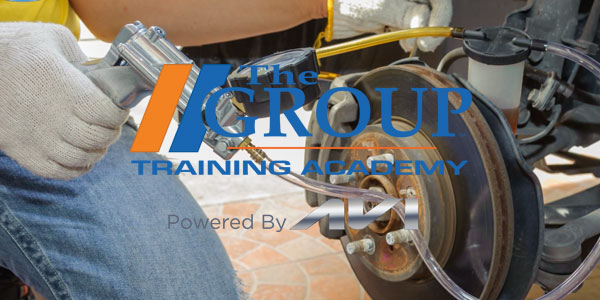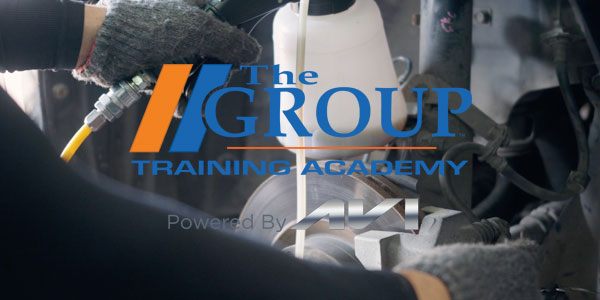Like brake pads, rotors are a commonly replaced part when a vehicle gets a brake job. Whether or not the rotors have to be replaced will depend on their condition and thickness. Rotors must be replaced if they are cracked, damaged, worn to minimum thickness specifications or cannot be resurfaced without exceeding the discard or minimum service thickness marked on the rotor.
Many late-model rotors are not even designed to be resurfaced. The rotors are thinner to save weight and cost, and once they reach their wear limit they have to be discarded and replaced with new rotors.
Rotor thickness should always be measured when brake pads are replaced because rotor wear can affect braking safety. As a rotor wears and becomes thinner, it has less mass. This reduces the rotor’s ability to absorb and dissipate heat, increasing the risk of brake fade when the brakes get hot. Wear also reduces the strength of the rotor and increases the risk of cracking and rotor failure. Worn rotors are dangerous rotors that must be replaced.
Rotors should be replaced in pairs, and should be the same type (composite or cast) as the original. New rotors are ready-to-install out of the box and should require no additional resurfacing (doing so only shortens their life and risks creating runout and vibration problems).
Rotors also should be replaced if they have hard spots. These are discolored patches on the rotor surface that result from metallurgical changes in the iron as a result of high braking temperatures. The hard spots create bumps on the surface that can make the brake pads and pedal vibrate when the brakes are applied. Resurfacing the rotors may temporarily restore flatness and smooth braking, but sooner or later the hard spots usually return because the metallurgical changes extend below the surface.
Replacement rotors should be the same or better than the original rotors. Automakers use a variety of rotor-cooling fin configurations not only to cool the brakes but to also control noise. Some replacement rotors may use a one-size-fits-all fin configuration to consolidate SKUs, or they use fewer fins between the rotors and/or a larger air gap between the rotor faces to reduce weight and cost — which may lead to noise and cooling issues on some applications. Premium-quality rotors usually follow the OEM fin configuration and design.
The quality of the metal in a rotor can also affect its durability and performance. The better the metallurgy in the rotor, the better it will perform on the vehicle.
Some premium rotors have special features such as slots or grooves machined into the rotor surface to improve pad venting when the brakes are working hard. They also may have a special anti-corrosion coating to retain their like-new appearance longer.












